Mr. Nguyen Van Duc has been carrying cajuput trees for nearly 30 years.
At the “cajuput market”, next to the strong men with tanned skin working as porters, Mr. Nguyen Van Duc (50 years old, in Tan Bang commune, Thoi Binh district, Ca Mau province) with a small body suddenly “stands out”. The hot sun makes Mr. Duc sweat profusely but he is still diligent in his work. Mr. Duc’s house is not far from the “cajuput market”, every day he works from 6am to 4pm, each cajuput tree regardless of size, when carried across the road to the edge of canal 11, is paid 800 VND. Having been attached to the job of carrying cajuput trees for nearly 30 years, each day Mr. Duc earns 200,000-500,000 VND, which is enough to take care of his life.
“This job is very hard so most young people quit to work for companies, only those who have families stay with the job. I carry cajuput trees all year round so my neck skin is rough. However, when I touch the worms on the cajuput tree trunk, my skin becomes itchy, uncomfortable and peels off. However, the next morning I still have to carry cajuput trees, living on this job I have to try to make a living” - Mr. Duc shared.
Not only Mr. Duc, but also many people with "seniority" in carrying cajuput in the forest, "cajuput market" is not only a place to earn a living but also a place to be attached to life, containing many happy and sad memories. In addition to carrying, transporting cajuput is also a popular job at "cajuput market". Transporting cajuput brings higher income, but requires capital investment in boats. Besides the transport boats from the forest, there are many boats from the upper regions coming to dock to get cajuput, so the atmosphere at "cajuput market" is always bustling and busy.
Mr. Pham Van Deo (in Nguyen Phich commune, U Minh district) from a porter at the "cajuput market" has accumulated capital, bought a boat and then switched to transportation. Regularly, Mr. Deo and his hired workers drive the boat to collect cajuput to the gathering place very early. For places where cajuput is collected 40-50km away, he has to drive the boat from midnight, every day he leaves at 3am. Mr. Deo said: "I carry food along with the boat. The boat, the house and hiring a few more workers, after deducting all expenses, I have about 20 million VND left each month. This job is very hard, I have to stay up all night, so every day I rest when I finish transporting the boat. The cajuput exploitation season is regular, when the exploitation period is over, I rest for a few days, then I continue working when the next period comes."
In addition to the two main occupations, at the “melaleuca market” there are also households that make charcoal. They take advantage of by-products from melaleuca trees after they have been classified, their heads and tails chopped off, to make charcoal. Mr. Nguyen Duy Thanh (in Khanh Thuan commune, U Minh district) said that he has been attached to this “melaleuca market” for decades. But now that he is old and cannot do heavy work, he has switched to buying melaleuca by-products to make charcoal. He sells each 15kg bag of charcoal for 70,000 VND. The job of making charcoal is very hard, requiring staying up late and waking up early, but it still helps Mr. Thanh and his wife earn 5-7 million VND per month.
Mr. Thanh shared: “Each job has its own difficulties. Cajeput charcoal pits are not like mangrove charcoal because of the high loss. During the day, I have to cut wood and then burn it with my wife. At night, I have to stay up to watch the fire, because if the pile of charcoal burns into flames, it will be ruined. Therefore, this job only takes labor as profit, but for older people like me, who are no longer healthy enough to transport cajeput, we have to choose a charcoal pit to earn extra income.”
The “melaleuca market” in the U Minh Ha forest is now a gathering place for hard-working people who are willing to stick around to make a living. Although life is still full of difficulties and hardships, they are always optimistic. Every day, the laughter of the people and the sound of engines blend together, creating a very unique “melaleuca market” space in the middle of the great U Minh Ha forest.
Article and photos: HIEU NGHIA
Source: https://baocantho.com.vn/muu-sinh-noi-cho-tram--a185024.html


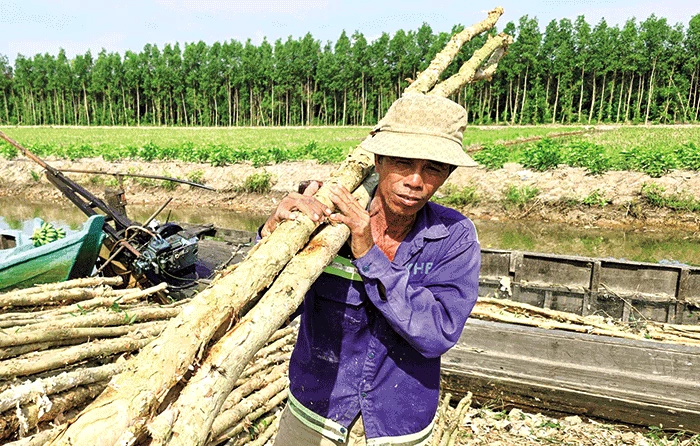
![[Photo] Prime Minister Pham Minh Chinh meets with President of the Republic of Burundi Evariste Ndayishimiye](https://vstatic.vietnam.vn/vietnam/resource/IMAGE/2025/4/4/979010f4c7634f6a82b8e01821170586)
![[Photo] President Luong Cuong presides over the official welcoming ceremony for Burundian President Évariste Ndayishimiye](https://vstatic.vietnam.vn/vietnam/resource/IMAGE/2025/4/4/63ceadc486ff4138abe2e88e93c81c91)
![[Photo] General Secretary To Lam receives President of the Republic of Burundi Évariste Ndayishimiye](https://vstatic.vietnam.vn/vietnam/resource/IMAGE/2025/4/4/d6df4662ecde41ef9bf55f1648343454)
![[Photo] Workshop "Future for the Rising Generation" continues the profound value and strong message from the article of General Secretary To Lam](https://vstatic.vietnam.vn/vietnam/resource/IMAGE/2025/4/4/ec974c5d9e8e44f2b01384038e183115)
![[Photo] Parade rehearsal on the training ground in preparation for the April 30 celebration in Ho Chi Minh City](https://vstatic.vietnam.vn/vietnam/resource/IMAGE/2025/4/4/e5645ddf85f647e6a25164d11de71592)















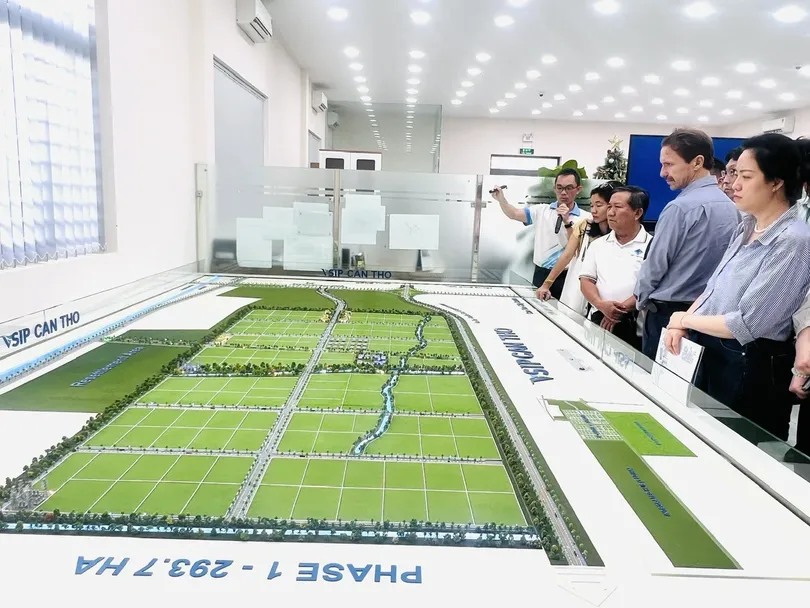
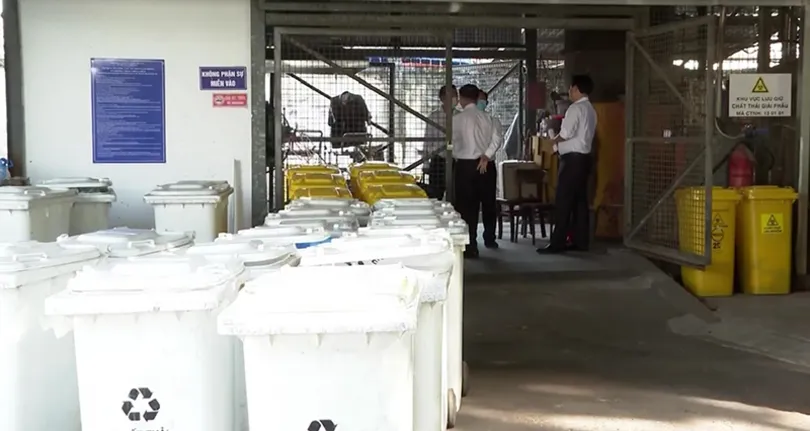
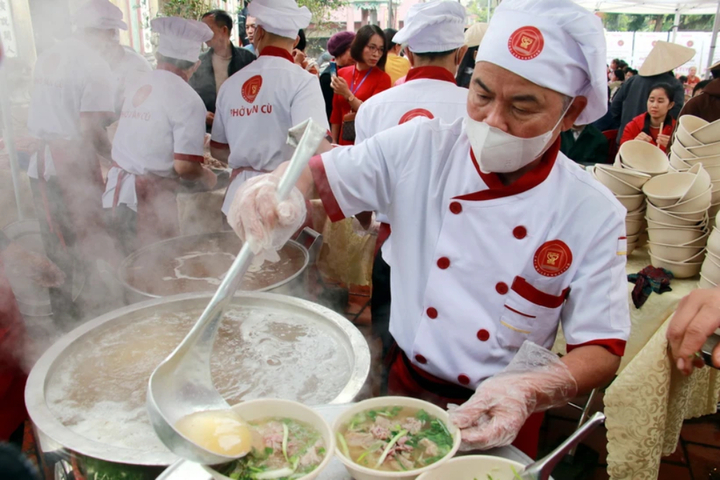

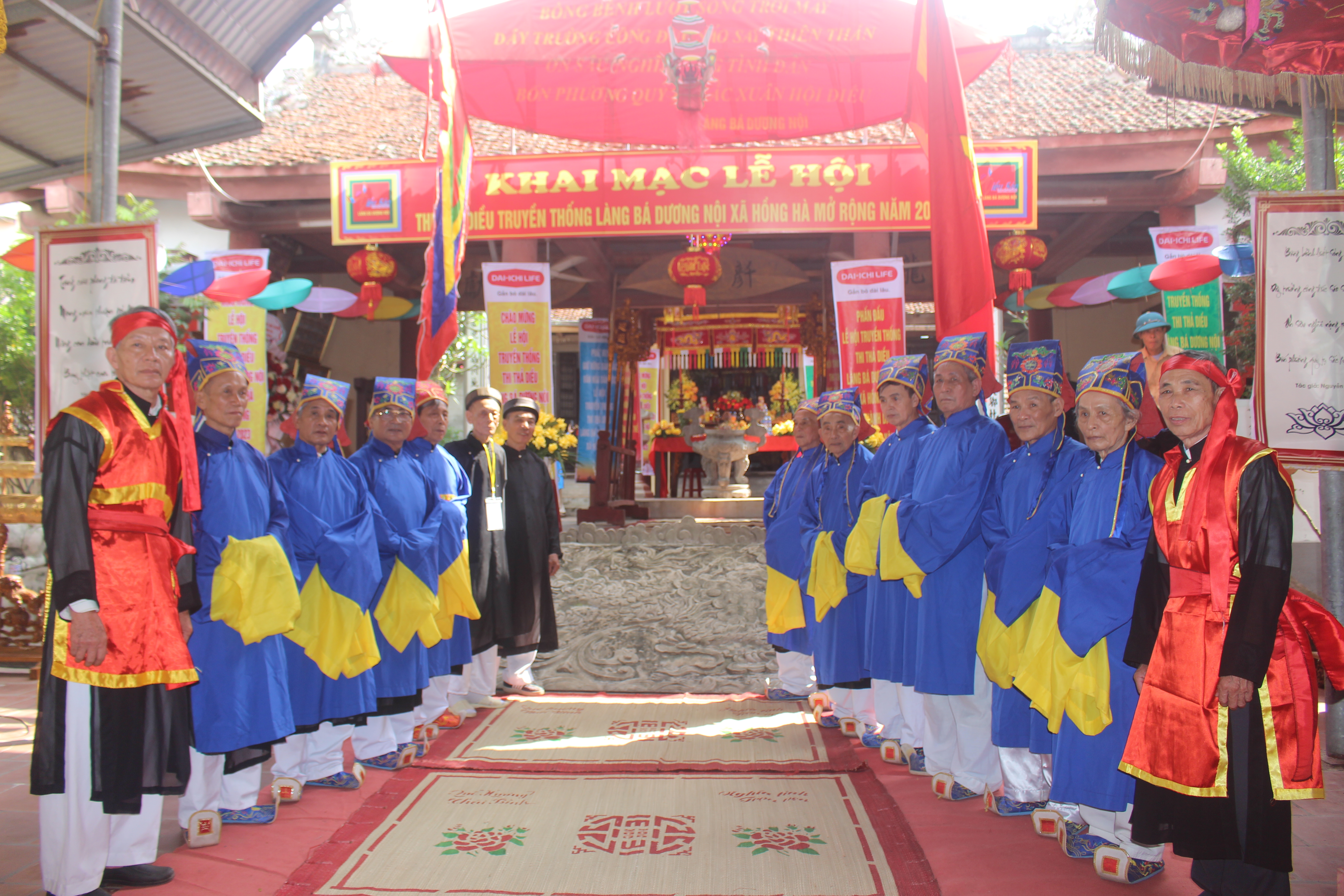

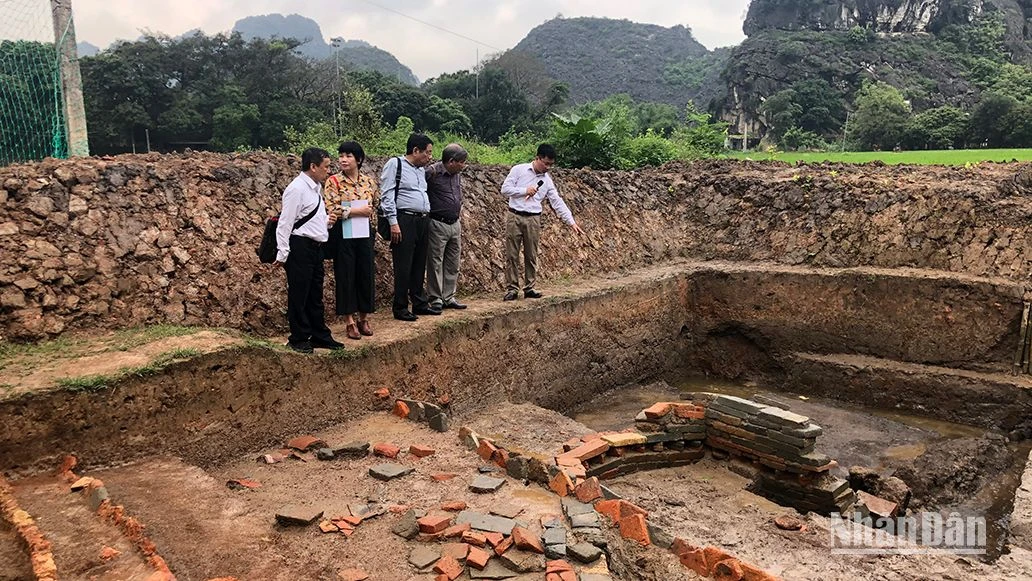

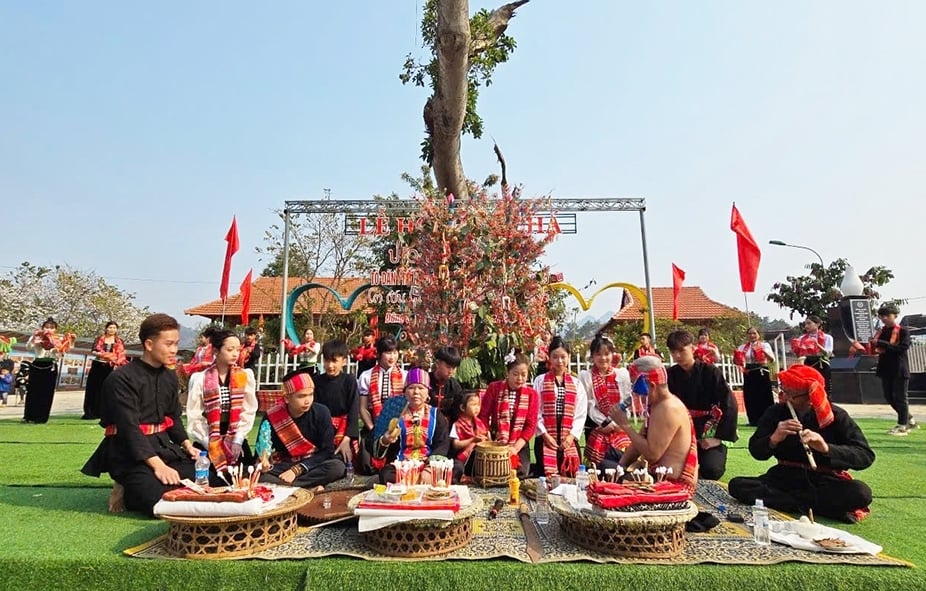

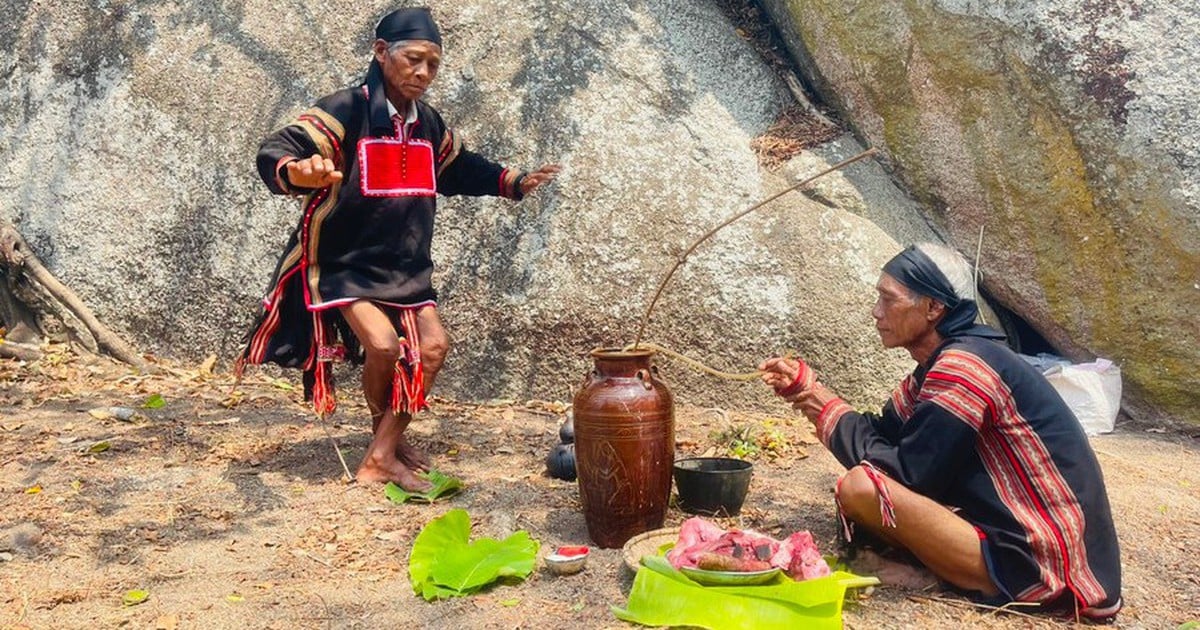














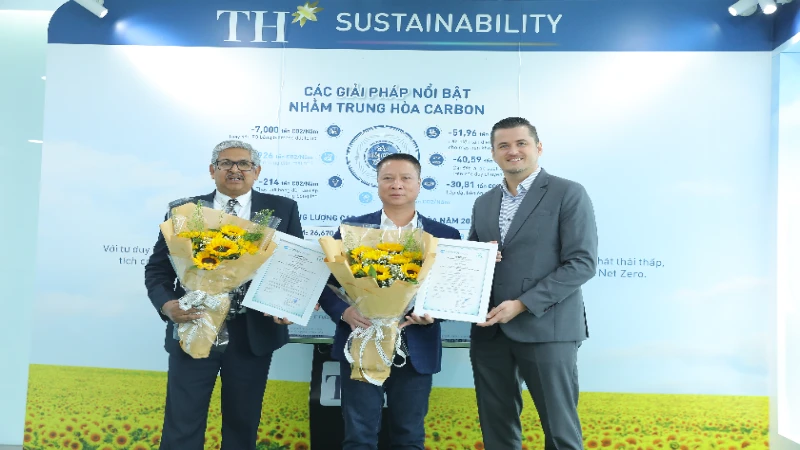
















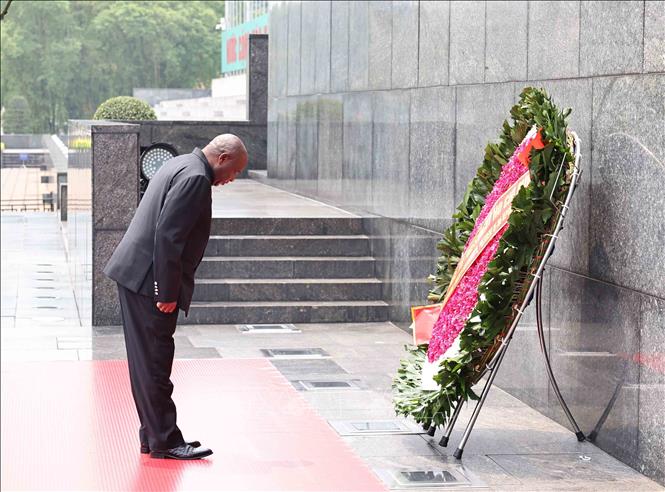












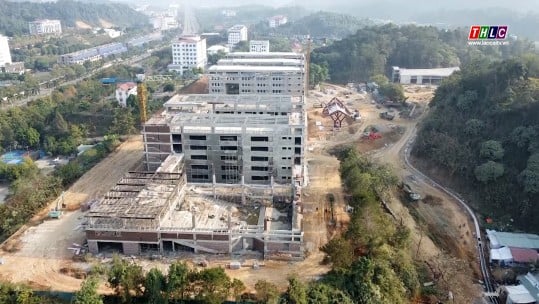







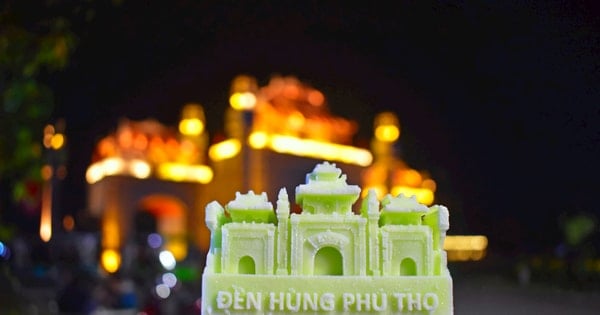





Comment (0)